- Home
- Transportation
- Here's how Uber got its start and grew to become the most valuable startup in the world
Here's how Uber got its start and grew to become the most valuable startup in the world
June 1998: Scour, a peer-to-peer search engine startup that Kalanick had dropped out of UCLA to join, snags its first investment from former Disney president Michael Ovitz and Ron Burkle of Yucaipa companies.

October 2000: Scour files for Chapter 11 bankruptcy after being sued by several entertainment companies for around $250 billion.
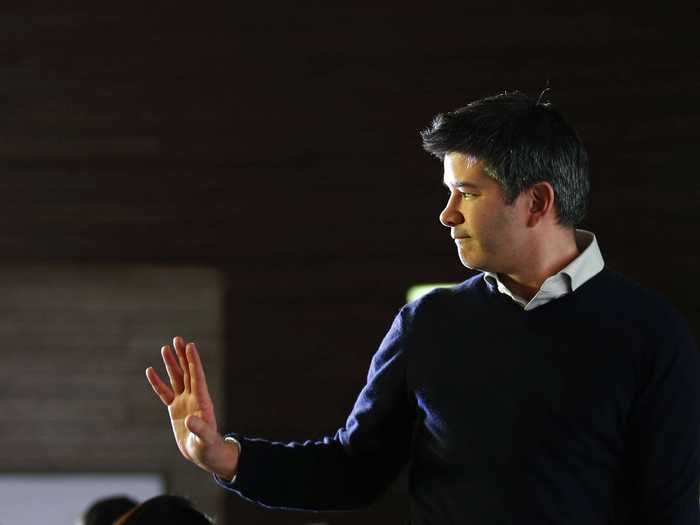
April 2007: Kalanick sells RedSwoosh, a company he'd founded in 2001, to Akamai for $23 million and becomes a millionaire. He says he started RedSwoosh as a “revenge business” to turn the 33 litigants who sued Scour into customers.

December 2008: Kalanick first hears the idea for Uber at the LeWeb technology conference. He thinks of it as a way to lower the cost of a black-car service using your phone.
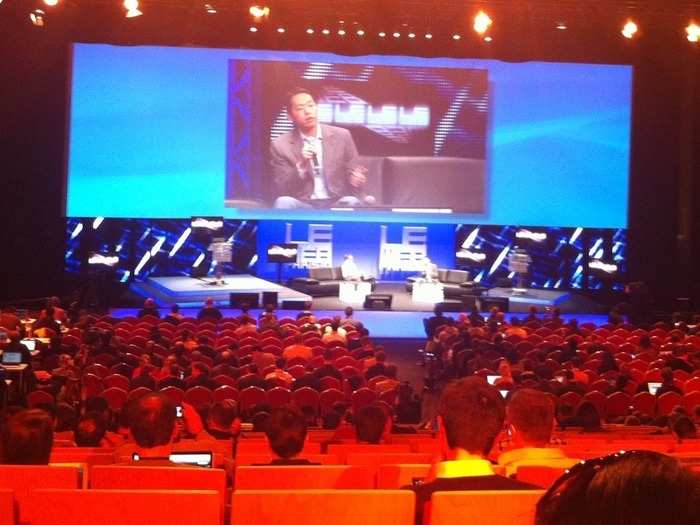
March 2009: Uber is founded as UberCab, a black-car service. Garrett Camp, Oscar Salazar, and Conrad Whelan build the first version, with Kalanick serving as a "mega adviser." Kalanick has also said his title back then was "chief incubator."
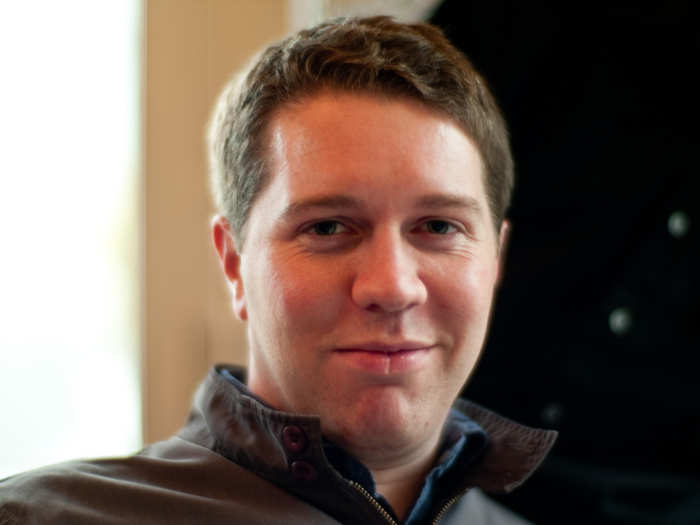
January 2010: Kalanick tweets, “Looking 4 entrepreneurial product mgr/biz-dev killer 4 a location based service.. pre-launch, BIG equity, big peeps involved--ANY TIPS??” Ryan Graves, who would later be named CEO, responds.

https://twitter.com/mims/statuses/7422940444
@KonaTbone heres a tip. email me :) graves.ryan[at]gmail.com
June 2010: Uber launches in San Francisco. At the time, it cost about 1.5 times as much as a cab, but you could request a car in San Francisco by sending a text or pressing a button. It quickly became a hit.
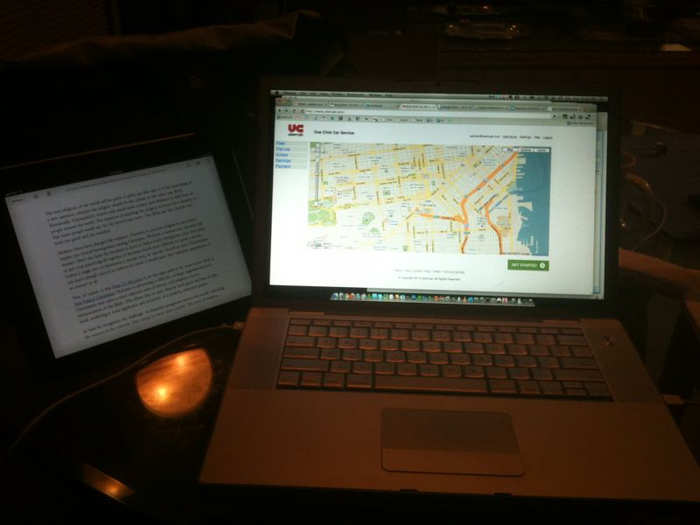
October 2010: Uber closes a $1.25 million seed funding round from First Round Capital, Kalanick's friend Chris Sacca, and Napster cofounder Shawn Fanning.
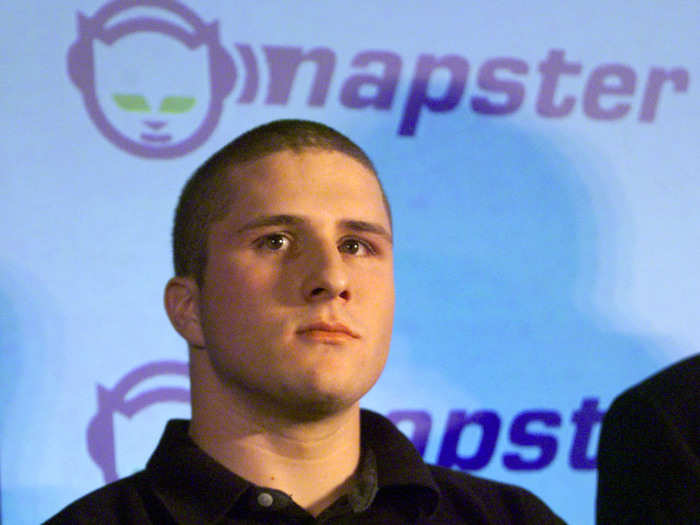
December 2010: Ryan Graves, who had become CEO, steps down in favor of Kalanick. Graves became Uber’s general manager again, and both say the reshuffle was a friendly one.
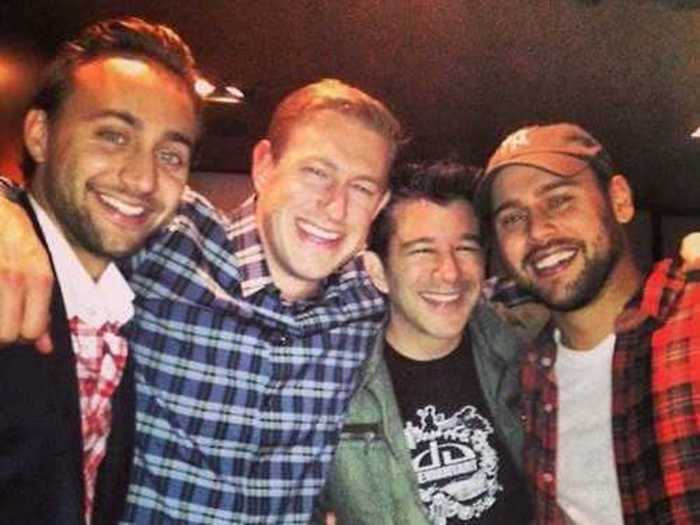
February 2011: Uber closes an $11 million Series A funding round that values the company at $60 million. Benchmark Capital leads the round, and its partner Bill Gurley joins Uber’s board of directors.
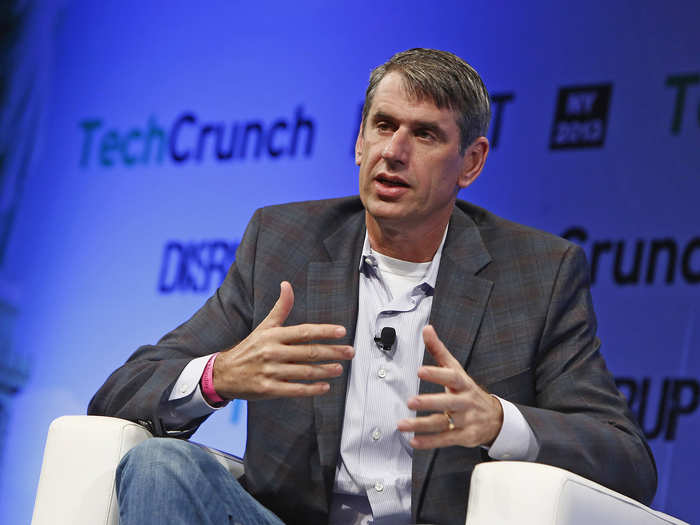
May 2011: Uber launches in New York City, which is today one of its biggest and most controversial markets. Uber has provided around 82,000 rides per day in New York City since 2011.
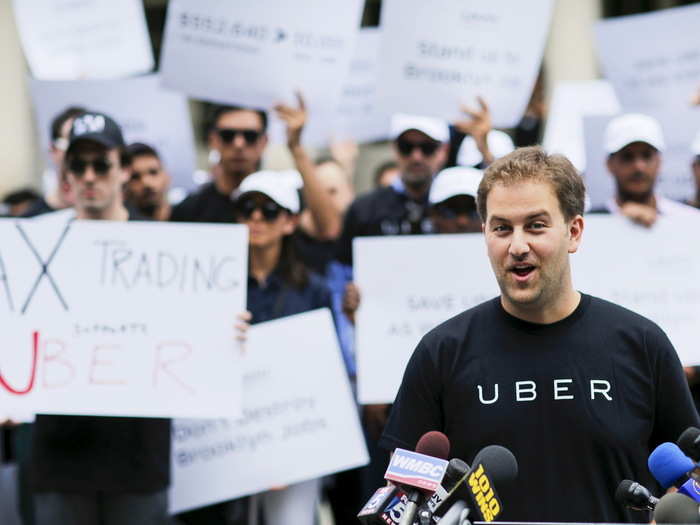
December 2011: Uber begins to expand internationally, starting with Paris, France. It also closes a $32 million Series B funding round led by Menlo Ventures, Amazon’s Jeff Bezos, and Goldman Sachs.
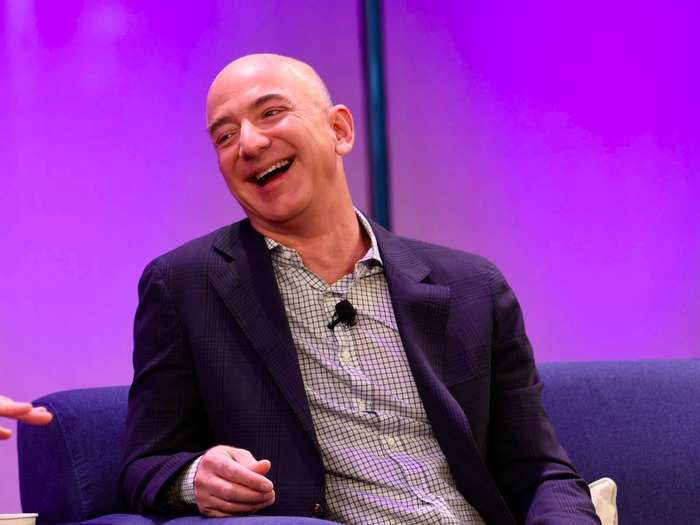
July 2012: Uber unveils its secret low-cost “Uber X” project to the world. The service debuts at 35% less expensive than the original black cars, and features cars like the Prius and the Cadillac Escalade. Kalanick declares, “Uber is ultimately a cross between lifestyle and logistics.”
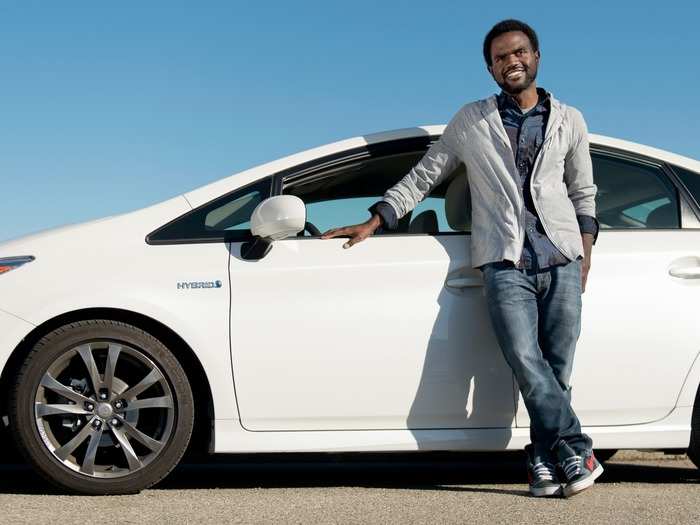
August 2012: Lyft, which is considered by many to be Uber’s main competitor, launches in San Francisco. The stage is set for the San Francisco price war that will follow.
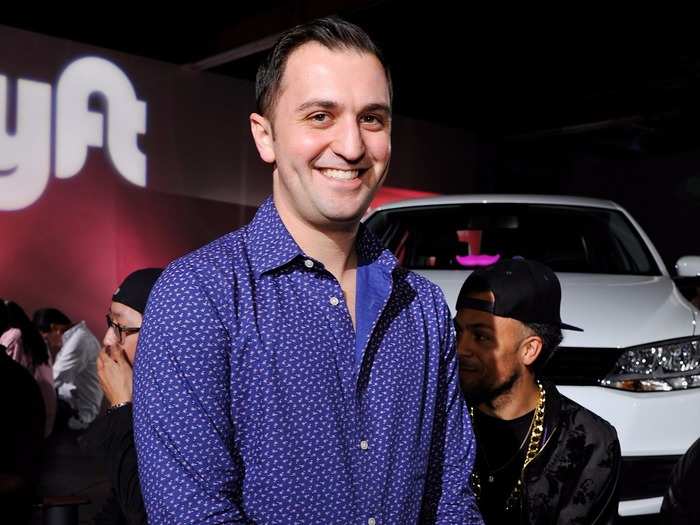
August 2013: Uber moves into India and Africa, and closes a Series C funding round which sees an enormous $258 million investment from Google Ventures. This round values Uber at $3.76 billion.
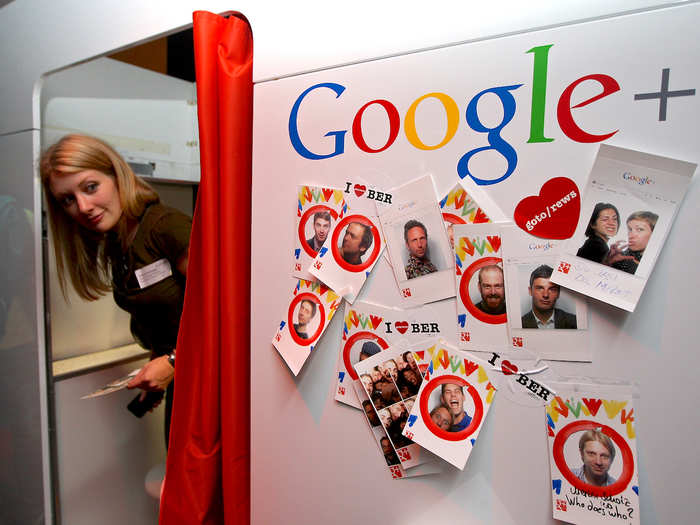
April 2014: Uber begins its UberRUSH service, which brings bicycle delivery to Manhattan. The service starts at a flat fee of $15, though it's subject to additional charges based on zoning.
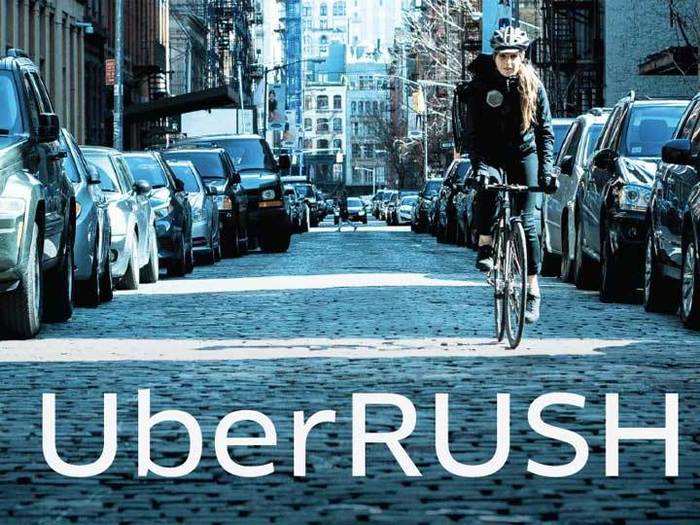
July 2014: Uber enters China after raising a $1.2 billion funding round at a $17 billion valuation in June. China looks like it will eventually become Uber’s biggest market, and today four out of Uber's 10 largest cities are in China.
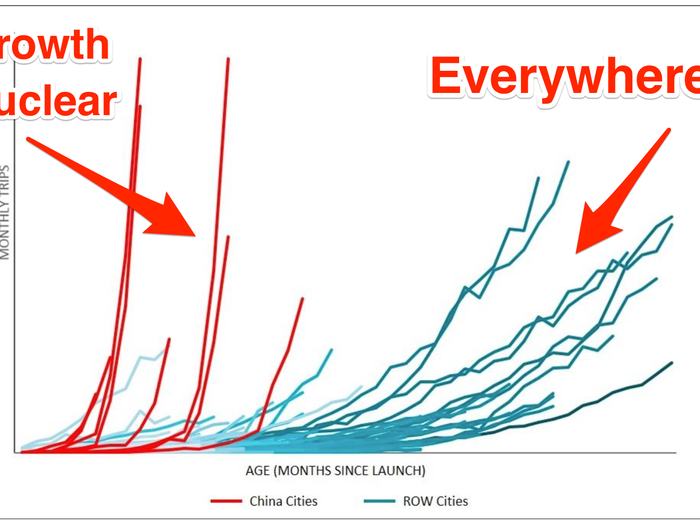
August 2014: Uber starts its UberPOOL service, which lets you split the ride and cost with another person who is riding a similar route. It’s the Uber version of carpooling.
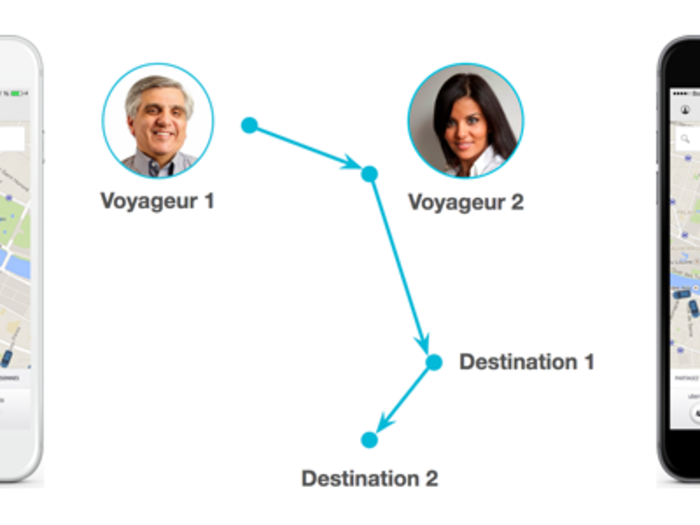
December 2014: Uber raises $600 million from Chinese search powerhouse Baidu. Baidu’s mobile search and maps apps begin to integrate with Uber, and it seems that Uber is gearing up for a fight with other prominent Chinese tech companies.
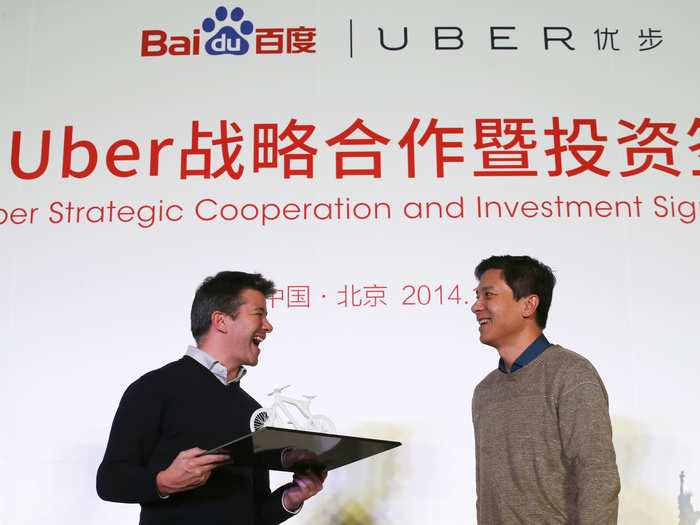
January 2015: Uber rolls out UberCARGO in Hong Kong, which expands Uber’s service to include all moving and delivery needs. Uber calls it a way for your goods to “travel like a VIP,” and this new feature continues Uber's move in the direction of a logistics company.
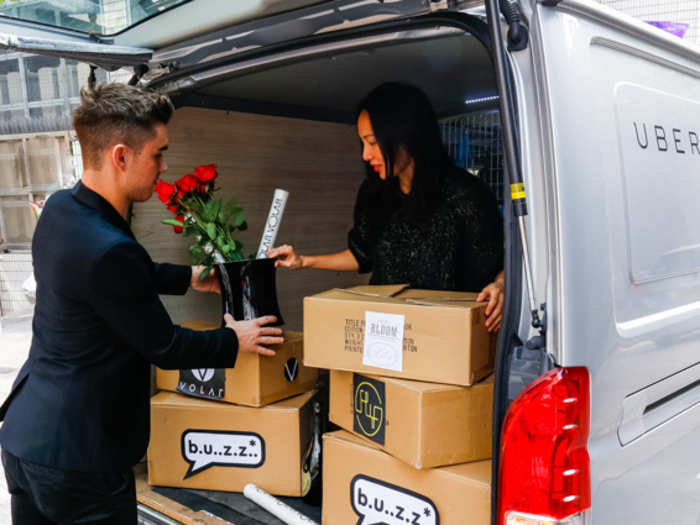
March 2015: Uber begins the process of buying mapping startup deCarta, its first acquisition — perhaps to decrease its reliance on Google Maps.
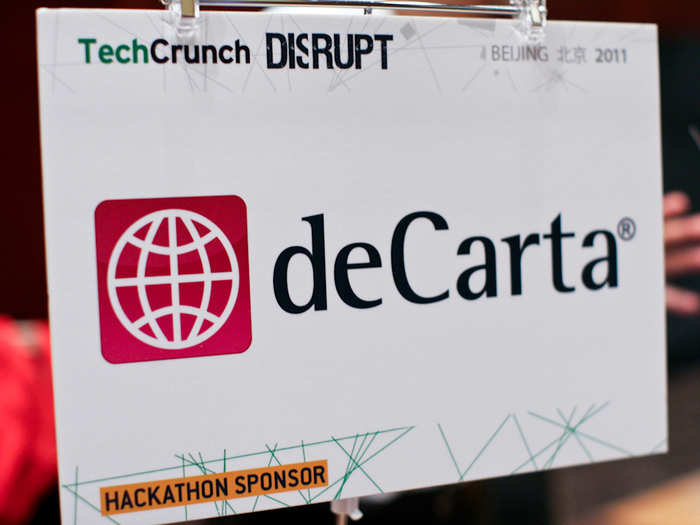
April 2015: Uber launches UberEATS, an on-demand food delivery service that brings meals to your location in minutes. The service starts in four pilot cities: LA, Barcelona, Chicago, and New York City.
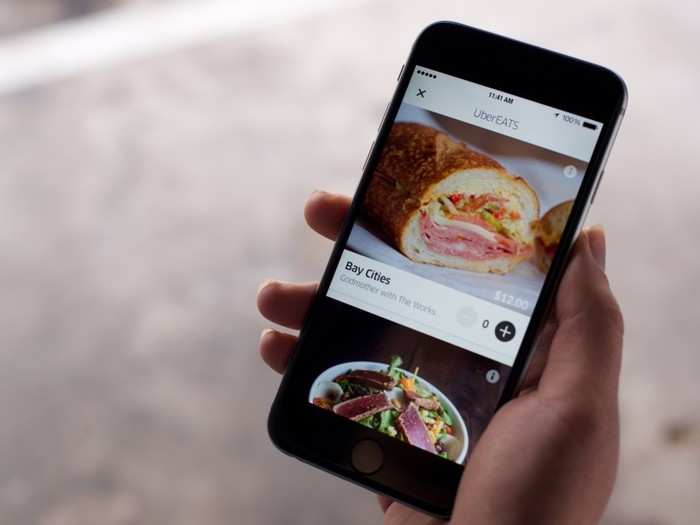
May 2015: Uber poaches over 40 employees from Carnegie Mellon to staff its robotics research facility, which it opened in February to build self-driving cars. Kalanick has previously mused, "The reason Uber could be expensive is because you're not just paying for the car — you're paying for the other dude in the car.”
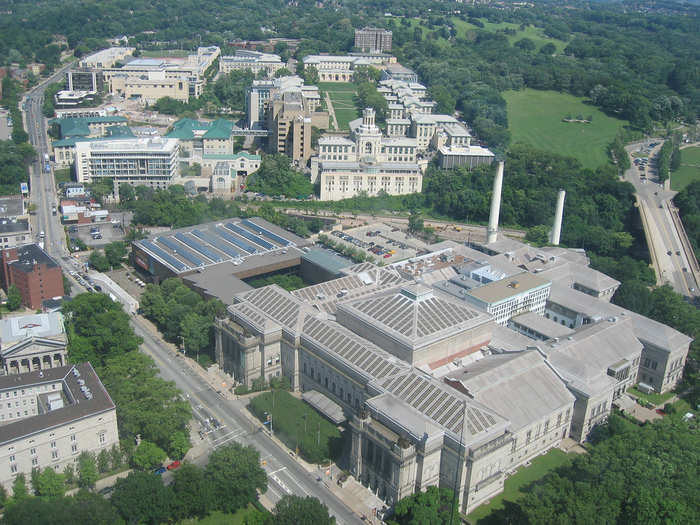
June 2015: Violent protests erupt up across France as taxi drivers and their supporters block roads, burn tires, and attack suspected Uber drivers.

June 2015: The California Labor Commission rules that an Uber driver is an employee, not a contractor. This calls Uber’s underlying business model into question. The decision comes after a San Francisco driver, Barbara Ann Berwick, files a claim against Uber.
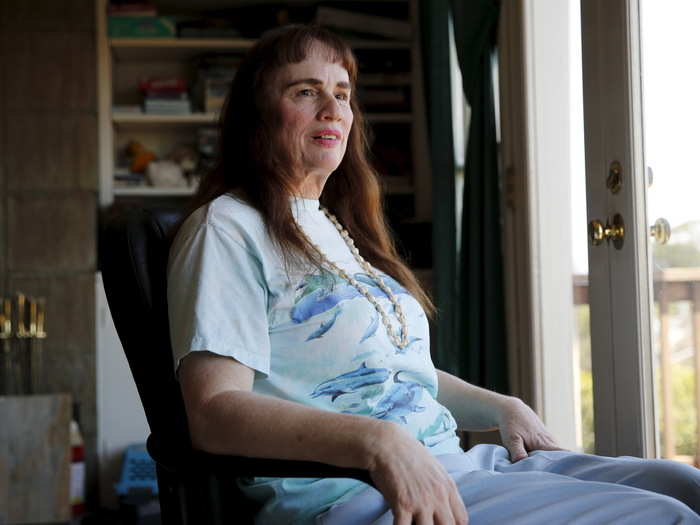
September 2015: Uber's China arm raises $1.2 billion to aid in its fight in the China market. Uber’s biggest competitor, Didi Kuaidi, responds by raising about $3 billion.
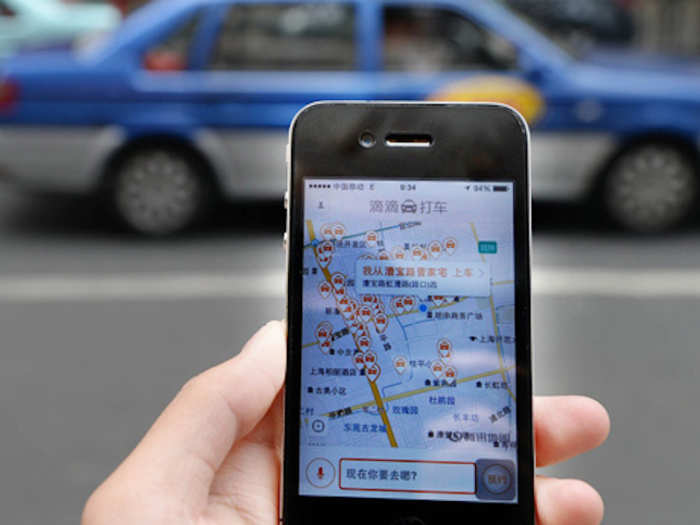
Popular Right Now
Popular Keywords
Advertisement